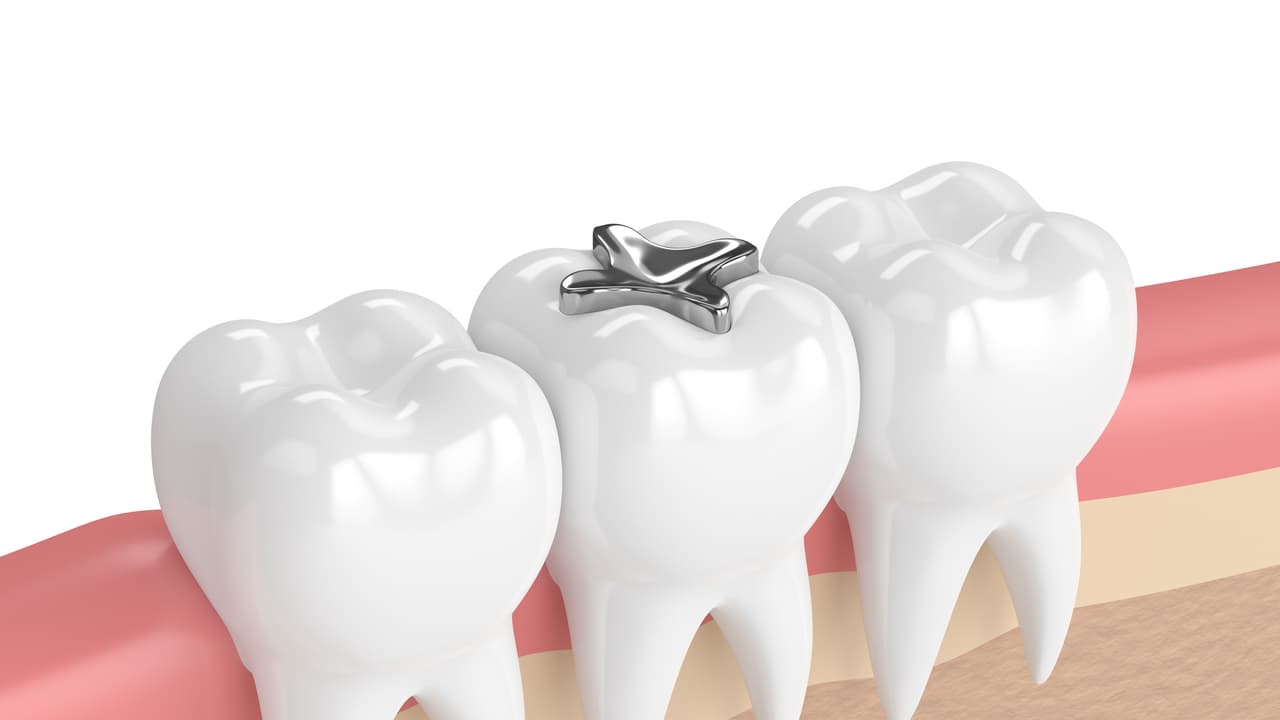Countries at Minamata Convention COP-6 in Geneva agreed to phase out mercury dental amalgam by 2034. The deal includes phasedown steps, patient-care safeguards and other measures to reduce mercury pollution amid health and environmental concerns.
Countries meeting at the Minamata Convention conference in Geneva have agreed to phase out the use of mercury-based dental amalgam by 2034. Delegates adopted several decisions aimed at cutting mercury pollution and protecting health and the environment. The move marks a major step toward ending a practice that has lasted for more than 175 years.
What the decision says and why it matters
The conference, known as COP-6 of the Minamata Convention, adopted amendments that establish a global phase-out of dental amalgam by 2034. Parties also agreed a set of phasedown measures to reduce the use of amalgam until the deadline. Supporters say the step is science-based and time-bound, aiming to lower mercury exposure for people and the environment.
The World Health Organization lists mercury among the top 10 chemicals of major public health concern. Mercury can harm the brain, kidneys and developing babies, which is why reducing releases into the environment matters for everyone.
How dental amalgam has been used and what it contains
Dental amalgam, the familiar silver-coloured filling, is an alloy of silver, tin, zinc, copper and about half elemental mercury. It has been used for around 150 to 175 years because it is strong, cheap and long-lasting. In recent years, tooth-coloured resin composite materials have improved and are now widely used as alternatives in many countries.
Why some countries pushed for a deadline sooner
A group of African countries had pushed for an earlier deadline, asking that manufacture, import and export of dental amalgam be banned starting in 2030. They argued a clear date was needed to speed action and protect communities. Some other nations, including India, Iran and the United Kingdom, had expressed concerns about moving too fast and sought more time for transition. After negotiations, parties agreed on the 2034 date.
What the decision includes on patient care
The COP-6 outcome includes practical measures to protect patients and to support a fair transition. Dental groups including FDI World Dental Federation and the International Association for Dental, Oral and Craniofacial Research said the final text allows dentists to use amalgam when the practitioner judges it necessary for patient care. This exemption aims to protect access to dental treatment where alternatives are not viable.
Wider actions at Geneva conference
Delegates did not only vote on dental fillings. The meeting adopted 21 decisions in all. These include steps to curb illegal trade in mercury-containing skin-lightening cosmetics, to reduce mercury use in small-scale gold mining, and to explore mercury-free industrial chemicals such as catalysts used in PVC production. Campaigners welcomed progress but warned more action is needed in parts of the world where mercury pollution remains high.
Safety debate: Is amalgam harmful to people?
Health agencies say the evidence is mixed but generally show that amalgam is safe for most people. For example, the US Food and Drug Administration and the Environmental Protection Agency state that dental amalgam is considered safe for adults and children above six, while noting uncertainties about long-term exposure and special risks for some groups. The American Dental Association and American Cancer Society say studies have not shown a link between amalgam and cancer.
At the same time, some research has found that mercury vapour is released from fillings and that amalgam contributes to the body’s mercury burden. A range of studies have examined possible effects on the immune, nervous and renal systems and some experts call for a precautionary approach, especially for pregnant women, young children and people with kidney or neurological conditions. This mix of findings has driven policy debate and the decision to phase out amalgam globally.
What will change for dentists and patients
The phase-out gives countries and dental services time to adapt. Many countries already restrict amalgam for pregnant women and young children, or have largely replaced it with composite fillings. The new treaty text encourages training for dentists, better waste management and the use of mercury separators in dental clinics to prevent environmental releases. Over time, production, import and export of amalgam provisions will be limited under the new rules.
Costs, access and equity concerns
Dental amalgam is cheap and durable, making it valuable in low-income areas where access to dental care is limited. That is why negotiators built in flexibility so dentists can still use amalgam when it is essential for a patient’s care. Dental bodies said the extra years until 2034 allow time for training, supply shifts and public health planning. Still, advocates say funding and technical help will be vital to make the switch fair and global.
What environmental groups and campaigners say
Environmental campaigners welcomed the 2034 decision as a historic step, but they urged stronger action on other sources of mercury pollution, especially small-scale gold mining and illegal cosmetics. Indigenous and community groups in affected regions called for faster help to clean contaminated areas and to protect food supplies that are already affected by mercury in rivers and fish.
The Minamata Convention’s secretariat will publish the final amendments and guidance for parties. National governments must now translate the agreement into laws, regulations and public health plans. That will include support for dentists to adopt alternatives, waste controls, and measures to protect vulnerable groups. The 2034 date gives time for planning, but also a clear deadline to move away from a long-used material.
The 2034 phase-out marks the start of a major change in how dental care is delivered around the world. It aims to reduce mercury pollution and protect health while keeping patient care central. The challenge will be to make the transition fair, affordable and quick enough to cut harm, but careful enough to keep safe dental care available to everyone.
(With AFP inputs)
